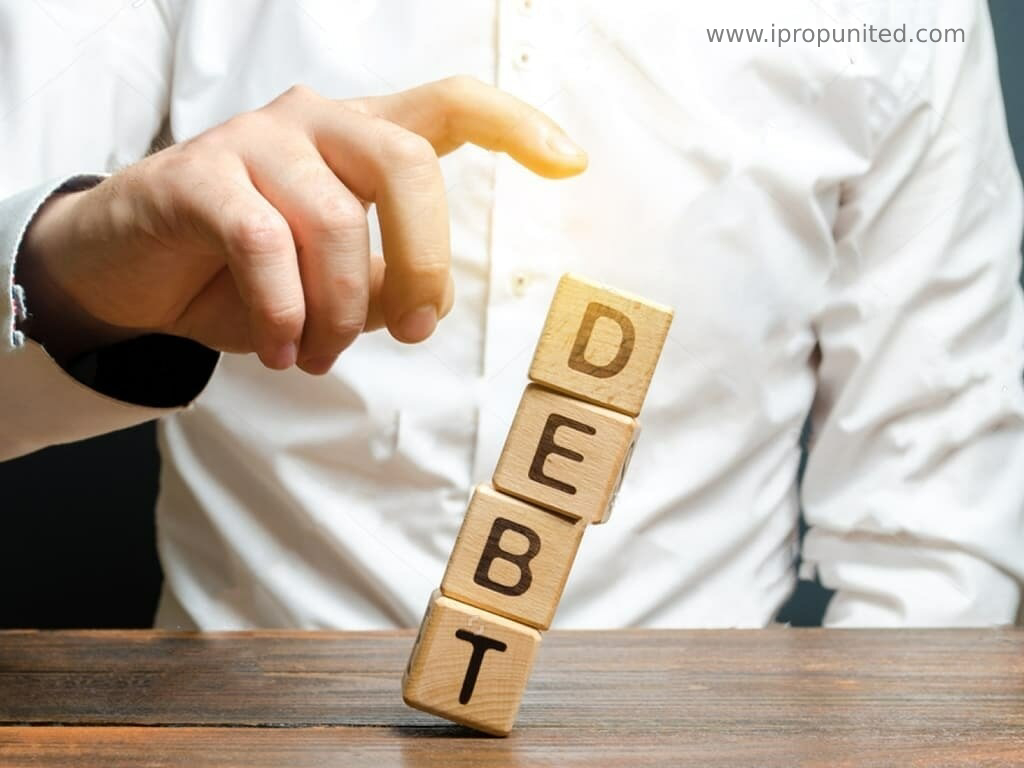A borrower is sometimes forced to take new loans simply to repay the existing ones. This occurs when debt obligations exceed one’s loan repayment capacity.

Everyone wishes to achieve financial freedom. But it’s not easy to be debt free. It is therefore important to know the difference between a good debt and a bad debt.
Good Vs Bad debt
It can be categorized as revenue generating debt and non-revenue generating debt.
If a debt or loan has been taken to purchase an asset that can help generate revenue after a period of time, it is said to be a good debt. when a loan taken against an asset that does not generate any revenue is known as bad debt.
Ways to avoid a debt trap
Identify the challenges
Point out the problem, and identify what is or is not in your control. Thereafter make a plan which meets the debt repayments, where specific aspects need to be addressed and require attention or changes. This will help to acknowledge the current issue and also prepare a clear path for the future.
Check on monthly expenses
Sometimes we spend extravagantly without checking the spending patterns of expected heads. Checking and budgeting monthly expenses will help to identify and prevent unusual expenses.
A disciplined approach to monthly spending habits will reduce the risk of the debt trap.
Create an Emergency Fund
This can be done by ensuring savings that equal 6-7 months’ salary kept aside for emergencies. Such an emergency fund could help avoid a debt trap. This fund can aid during a temporary dilemma like losing a job and keep things running for a few months until the situation gets back to normal.
Prioritize Needs and Avoid impulse spending
Buying something without planning your budget ahead of time is an impulse expense. It can be as small as buying candy or as big as going into a car dealership.
Prioritizing your needs by considering the essential and non-essential expenses will help control non-essential expenses and will further help to eliminate the risk of debt traps.
Avoiding non-essential and semi-essential items to ease debt repayment is the first step that can have a long-term positive impact on the financial condition.
Consolidate your debt
Debt consolidation refers to consolidating all of the debts/loans into one single loan. Instead of servicing different loans with different rates, one can consolidate different loans under a single loan. This can simplify the repayment of debt and help to get out of the debt trap.
Balancing the monthly debt servicing
Ensuring that total EMI expenses do not go over 40% of the net monthly income, and this could only go up to 50% in the case of a home loan.
Net income must be considered after the deduction of tax, provident fund (PF), and other outgoings.
This point is critical because bad debt usually occurs when one’s monthly income is not enough to service regular loan commitments.
Avoid having multiple credit cards
Having multiple credit cards leads to overspending and also adversely affects the credit score resulting in costly finance from banks. You could be assessed as a risky borrower by the lenders. Additionally, it will be difficult to keep track of credit card dues and regular payment of credit card bills on time.
Keeping the expenditure within the limit of income will be better along with following a disciplined approach in paying off your credit card bills to avoid a liquidity crunch and stay safe from the debt trap.
Conclusion
Financial planning is a key to financial freedom and growth. It can be difficult to avoid the debt trap if savings, investments, and expenses are not planned securely. One must refrain from spending more than his capacity and maintain a budget for the essential things to avoid overburdening with unnecessarily higher installments and loan charges.
Follow and Connect with us: Twitter, Facebook, Linkedin, Instagram







